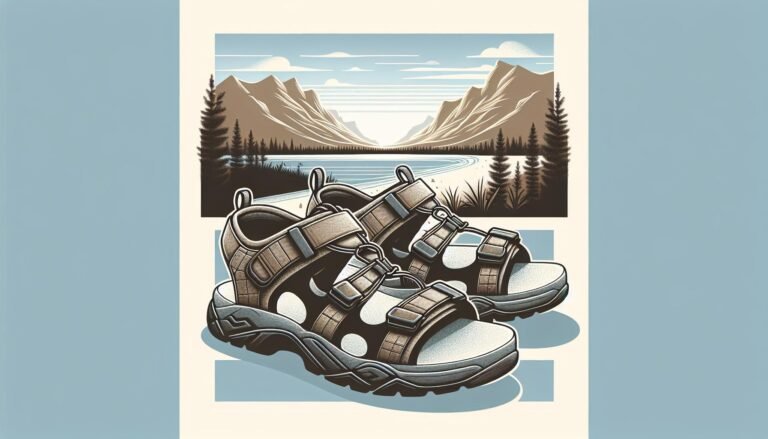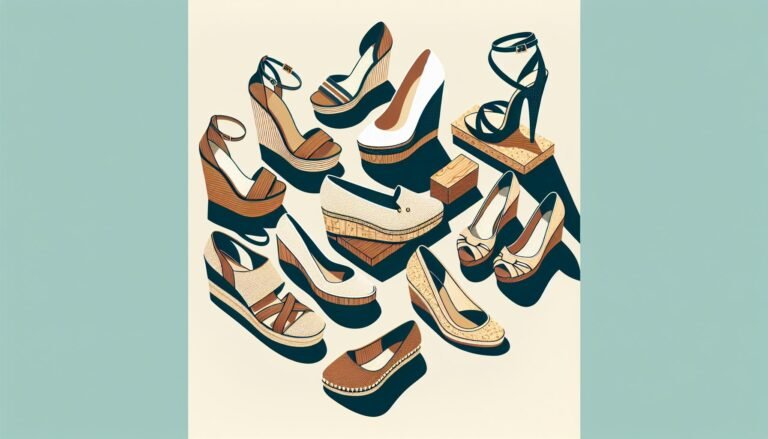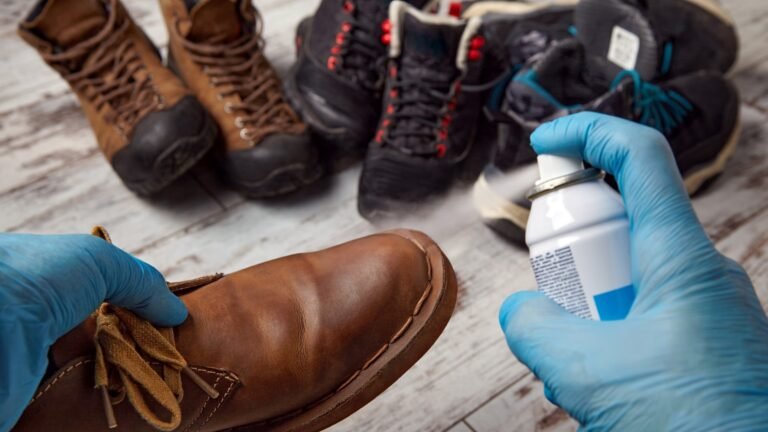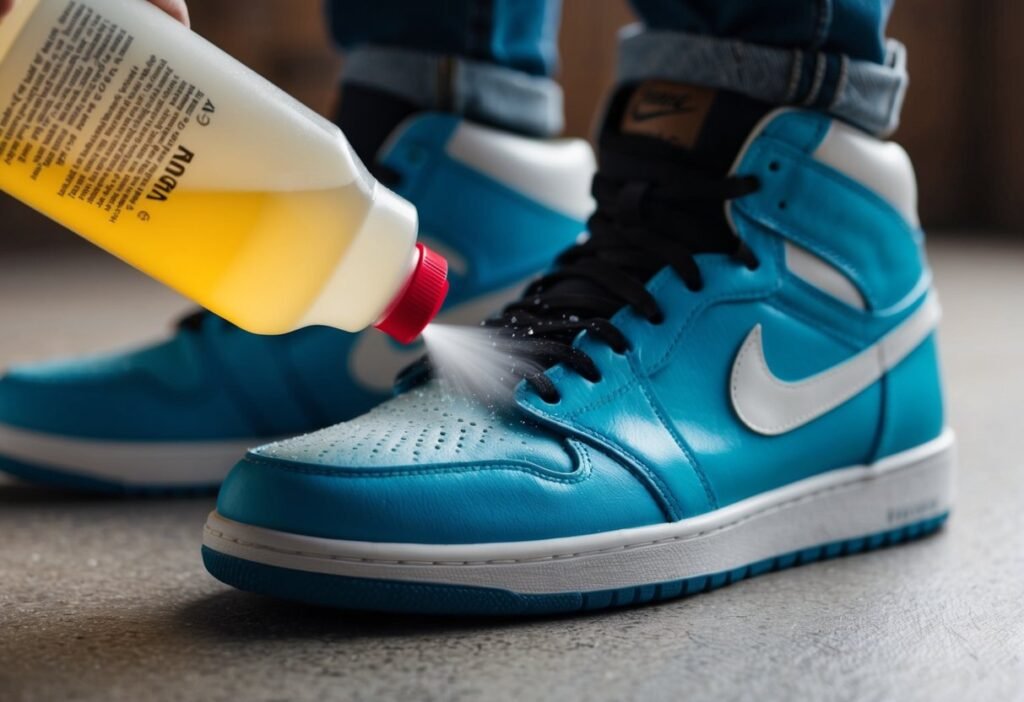Climbing Shoes and Bunions: Can Your Gear Cause Foot Problems?
As a seasoned climber, I’ve always been mindful of the gear I choose, especially when it comes to climbing shoes. They’re the foundation of every ascent, but could they be the culprits behind bunions? I’ve seen plenty of climbers with these painful, bony bumps, and it’s time to explore the connection.
Choosing the right climbing shoes is a delicate balance between comfort and performance. But if you’re squeezing your feet into tight shoes, you might be setting yourself up for more than just discomfort. Let’s dive into how your trusty climbing shoes could potentially be leading to bunions, and what you can do to prevent them.
What are bunions?
When I talk about bunions, I’m referring to those bony bumps that form on the joint at the base of the big toe. Bunions are a common foot ailment that occur when some of the bones in the front part of your foot move out of place. This misalignment causes the tip of your big toe to get pulled towards the smaller toes and forces the joint at the base of your big toe to stick out. The skin over the bunion might be red and sore, creating a significant amount of discomfort for anyone dealing with this condition.
Understanding bunions is key to grasping how climbing shoes could contribute to them. The scientific term for a bunion is hallux valgus. This condition can develop as a result of the shape of your foot, a deformity, or even a medical condition such as arthritis. But what’s particularly interesting to me as a climber is that bunions can also be exacerbated by wearing poorly fitted shoes—something climbers must be cautious about.
Footwear that is too tight, too narrow, or that forces the toes into an unnatural position—traits often seen in climbing footwear—can aggravate the condition. Prolonged pressure on the toe joint can lead to additional complications, such as bursitis, which is an inflammation of the cushioning sacs near the joints, or hammertoe, which is an abnormal bend in the toe joint.
To get a better handle on preventing bunions, let’s dive into how to select the right climbing shoes. The goal is to find a balance between fit and functionality while avoiding added pressure to the toes that could lead to the development or worsening of bunions. Here are a few tips for choosing climbing shoes that could help prevent this problem:
- Opt for shoes that provide enough space for your toes to move freely.
- Ensure the climbing shoes conform to the natural shape of your feet.
- Pay attention to the material of the shoes as it should allow for some stretch to accommodate your feet comfortably.
By actively considering these factors when selecting climbing footwear, I can work toward preventing the development or exacerbation of bunions.
Understanding the causes of bunions
When I delve into the reasons behind the development of bunions, it’s clear that footwear selections play a crucial role. However, it’s not just climbing shoes that can be the culprits. The root of the problem may extend beyond your gear bag. Bunions, or hallux valgus, aren’t simply a result of external pressure but are also influenced by genetics and foot mechanics.
It’s known that individuals with a family history of bunions are more susceptible, which indicates genetic factors can predispose one to this condition. If your parents or grandparents struggled with bunions, chances are you might too. Combine this predisposition with a sport that requires footwear designed to grip and stabilize, and the risk escalates.
Furthermore, everyday activities add to the strain on our feet. For those with jobs that involve extensive standing or walking, the constant pressure can lead to deformations over time. Climbers, in particular, should be mindful of their everyday shoe choices to reduce any additional stress on their feet.
Foot mechanics, such as overpronation or arching, can also contribute significantly. When the foot rolls inward excessively, it tends to push the joint of the big toe outwards, laying the groundwork for bunion formation. So while not all climbers will develop bunions due to their shoes, anyone with these characteristics should take extra precautions when selecting climbing shoes.
The interaction of these factors is what shapes the risk profile for bunions. By being aware of personal risk factors and how climbing shoes can add to the problem, climbers can better navigate their choices. Ensuring a good fit and appropriate style of shoe becomes not just a matter of comfort, but an act of prevention. Remember, switching out of your snug-fitting climbing shoes into more foot-friendly options as soon as you’re off the wall might just keep your toes in better shape.
The relationship between climbing shoes and bunions
When exploring the intricacies of climbing shoes and their link to bunions, it’s essential to understand that these specialized shoes are designed for performance rather than comfort. The tight fit is imperative for precision on the rock, but this snugness can also lead to increased pressure on the toes, particularly the big toe. The persistent inward force that a narrow toe box exerts can gradually push the big toe toward the second toe, potentially leading to or exacerbating bunions.
It’s not just about the fit, though. The stiffness of the soles in climbing shoes provides excellent support while on the rock face, yet this same feature can restrict the natural flexing of the foot. Over time, this can impact foot mechanics and contribute to the development of foot deformities, including bunions.
Moreover, the material of the shoe plays a role. Climbing shoes are often made with materials that, while durable, offer little to no breathing room for the toes. This can lead to sweating, swelling, and additional strain on the joints in the toes, laying a foundation for bunion formation.
While not all climbers will develop bunions, it’s crucial for those who climb regularly to consider the following preventive tips:
- Opt for a climbing shoe with a wider toe box when possible.
- Limit the time spent in climbing shoes, especially when not actively climbing.
- Choose climbing shoes made with more flexible materials that can accommodate the toes better.
- Incorporate foot exercises and stretches before and after climbing sessions to maintain good foot health.
Recognizing that climbing can be harsh on the feet, I always remind readers about the importance of attentive footwear selection. By understanding the relationship between climbing shoes and the stress they can place on our feet, we can make more informed choices, reducing the risk of bunions and other foot-related concerns.
Factors to consider when choosing climbing shoes
When it’s time to pick out a new pair of climbing shoes, there are several key factors to keep in mind to protect your feet and possibly prevent the development of bunions. These considerations aren’t just crucial for your performance but also for your long-term foot health.
Fit and Comfort: The first and perhaps most important factor is how well the shoes fit. While climbing shoes should have a snug fit to give you better control and precision on the rock, they shouldn’t be so tight that they cause excessive pressure on your toes. Look for shoes that contour to the shape of your foot without squeezing your toes together. This will allow your feet to remain somewhat comfortable even when you’re pushing your limits on a challenging route.
Toe Box Shape and Size: A wider toe box can be a game-changer for climbers with a predisposition to bunions. It provides more space for your toes to lay flat, rather than being crammed into a point. This not only feels more comfortable but also reduces the risk of exacerbating bunion formation.
Material Flexibility: Climbing shoes are made from various materials, some stiffer than others. I recommend opting for shoes made with more flexible materials, particularly if you’re already experiencing foot discomfort. Softer materials can adapt to the natural movement of your foot, diminishing the strain on your toe joints.
Adjustability: Shoes with adjustable closures, such as Velcro straps or lace-ups, offer the ability to fine-tune the fit throughout the day. As your feet naturally expand and contract, you’ll appreciate being able to adjust the tightness of your shoes, which is crucial for both comfort and avoiding additional stress on your feet.
Breathing Room: Given that poor ventilation can lead to sweating and swelling, it’s smart to choose shoes that offer some breathability. Shoes with perforated materials or mesh panels can be helpful in managing moisture and keeping your feet drier, which helps prevent the uncomfortable conditions that put extra strain on your toes.
Remember, the right climbing shoes can make a huge difference not just in your performance but also in how your feet feel at the end of the day. As I consider each pair’s potential impact on my foot health, I make a point to try on various models and sizes to ensure I’m getting the best possible combination of performance and protection.
Prevention and treatment of bunions
Dealing with bunions begins by understanding how to prevent them. I’ve learned that early intervention is critical. Here’s what I focus on:
- Choosing the Right Footwear: This isn’t just about avoiding tight climbing shoes; it’s also ensuring everyday shoes provide ample space and support.
- Proper Foot Hygiene and Care: Regular foot check-ups and maintaining good foot hygiene can prevent complications that might aggravate bunions.
- Exercise: Strengthening exercises for the feet can improve their structure and function, potentially warding off bunions.
If you’re already coping with a bunion, several treatment options exist:
- Padding and Taping: This can provide immediate relief by taking pressure off the bunion.
- Orthotics: Custom orthotics can redistribute pressure and prevent worsening.
- Medication: Nonsteroidal anti-inflammatory drugs (NSAIDs) can help reduce pain and inflammation.
- Surgical Intervention: In severe cases, bunion surgery might be necessary to correct the bone deformity.
Avoiding tight, poorly fitted climbing shoes is one part of the prevention puzzle. It’s as important to look for shoes that offer adjustable closures for a more personalized fit and adequate protection. When climbing, take breaks and remove your shoes to let your feet breathe. Stretching exercises for your toes and feet can enhance flexibility and circulation, which is often overlooked but remarkably beneficial.
Should you notice signs of bunions developing, act promptly. Visit a podiatrist for advice on the best course of action. They might suggest exercises specifically designed to strengthen the foot muscles, which can stabilize the big toe and prevent a bunion from worsening.
In my experience, managing the health of your feet extends beyond just climbing. Pay attention to how they feel during and after wearing different types of shoes and give them the care they deserve. This mindset keeps me proactive about foot health and vigilant against the risks of developing bunions.
Conclusion
It’s clear that while climbing shoes can contribute to the development of bunions, there are steps you can take to prevent and treat this condition. Always opt for well-fitting shoes and don’t ignore the importance of foot care and exercises. Remember to listen to your body—if you notice signs of bunions, it’s crucial to consult a podiatrist promptly. Taking these precautions will help ensure your climbing adventures don’t come at the cost of your foot health.








